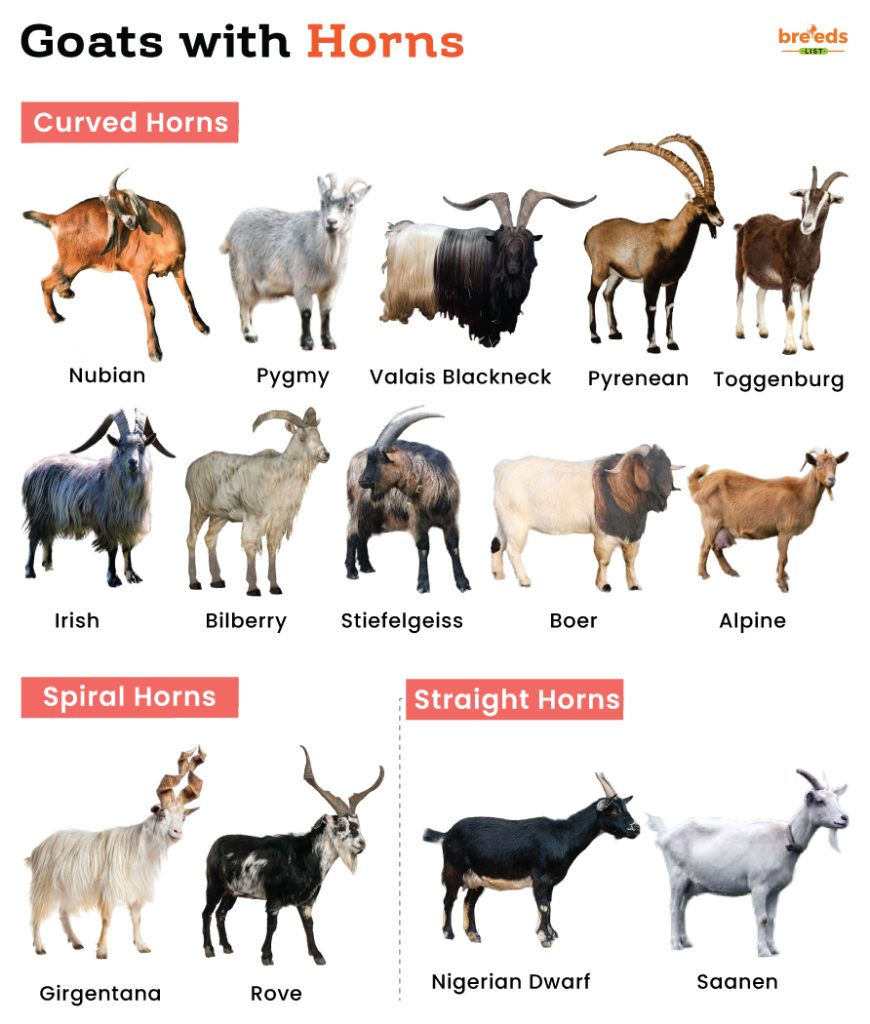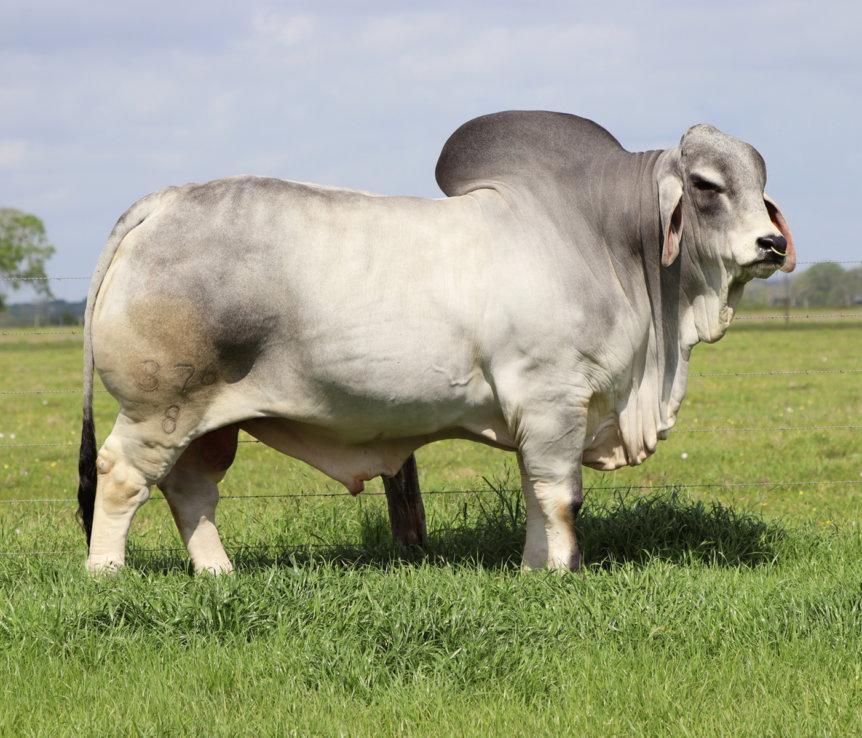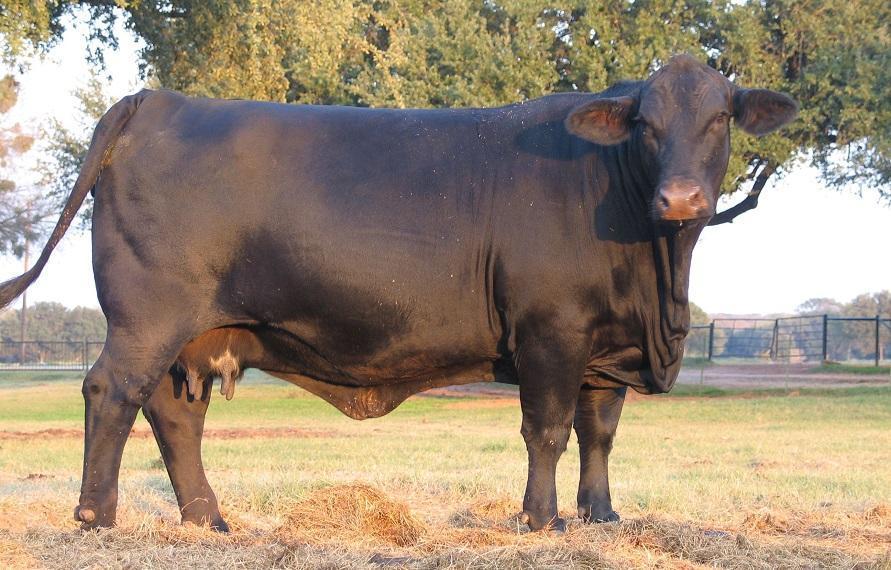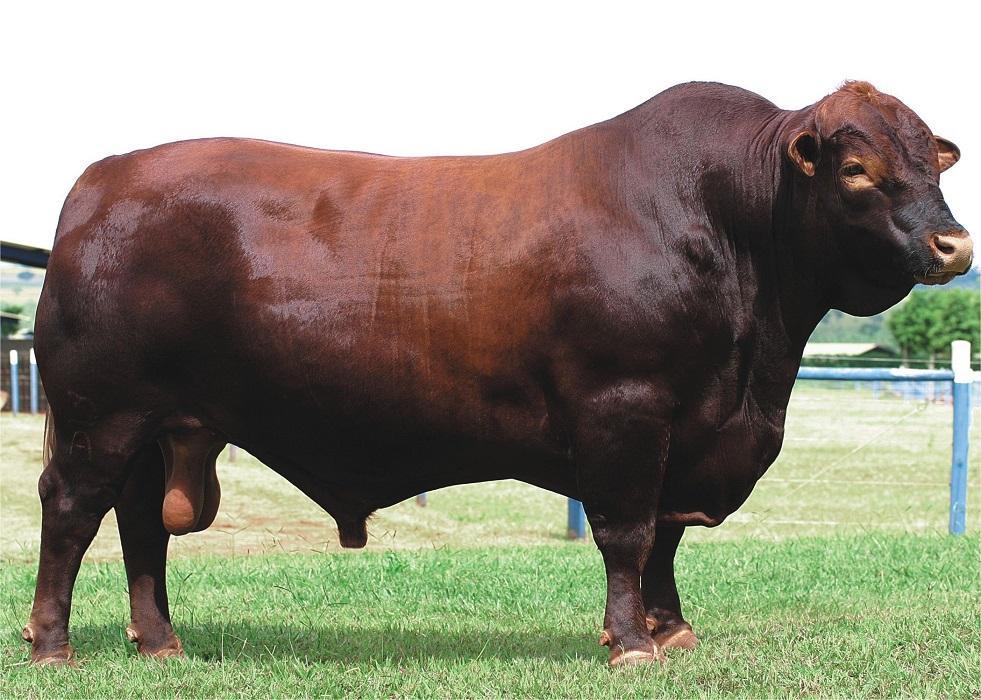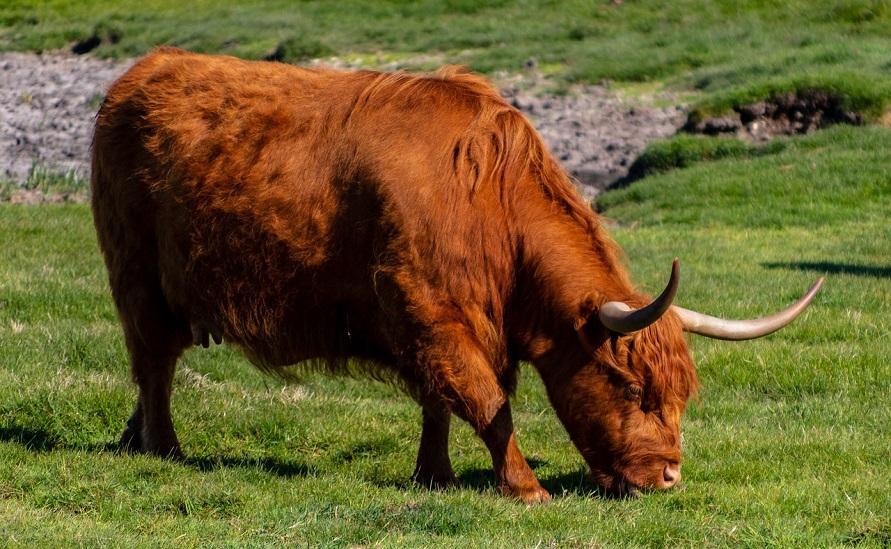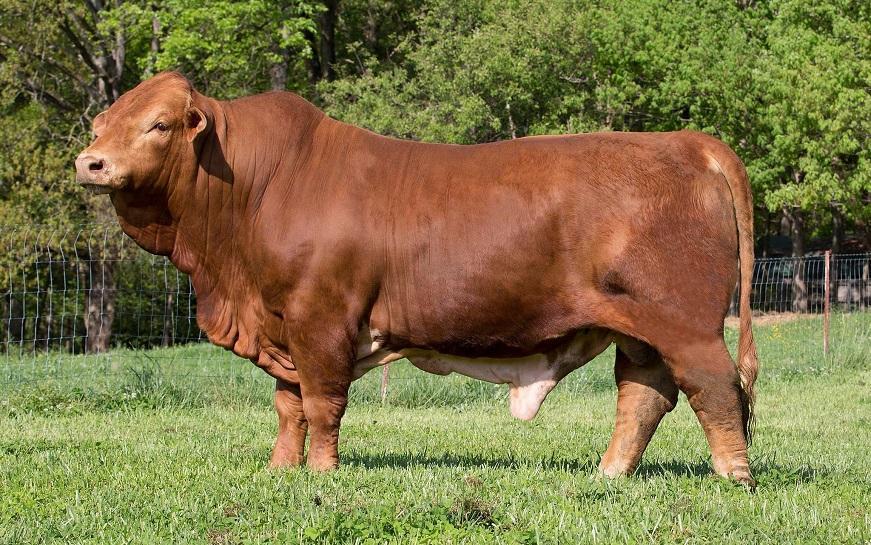Goats With Horns
Goat horns consist of a bony core fused to the skull and are wrapped in a protective keratin sheath. Unlike deer antlers, which are shed annually, these are permanent and grow throughout the animal’s life.
The size of the horns can vary depending on factors like diet and environment. Both male and female goats grow horns, with those of the males typically being larger.
Why Are Horns Important to Goats
Horns play a crucial role in a goat’s behavior and health. Goats with larger horns are often more dominant in a herd. The horns also serve as a tool for protection, grooming, and even regulating body temperature.
Some goats, like the Girgentana and the Valais Blackneck, are often bred for exhibition and ornamental purposes mainly for their unique horns.
Different Goat Breeds with Horns
| Breed | Description of the Horns |
|---|---|
| Curved Horns | |
| Bilberry | Long and curved in both genders |
| Irish | Long and curved, with twists observed in certain individuals |
| Nubian | Twisted in shape and can grow up to 24 inches in length |
| Pyrenean | Long and curved |
| Alpine | Curved in shape and can grow up to 18 inches in length |
| Boer | Round, solid, and darkly colored |
| Stiefelgeiss | Long and thick, with a slight curve |
| Toggenburg | Twisted in shape and can grow up to 16 inches long |
| Valais Blackneck | Long and shaped like sabers |
| Pygmy | Short and conical, with a slight curve |
| Spiral Horns | |
| Rove | Long and twisted |
| Girgentana | Long and curved, sometimes even forming spirals |
| Straight Horns | |
| Nigerian Dwarf | Short and upright, though males tend to have larger horns than females |
| Saanen | Usually small and straight, but some can grow up to 20 inches |
Should Goats Be Dehorned
Unlike with cattle and sheep, the practice of polling, or dehorning, is more difficult for goats. Since the horns play a key role in the goat’s health and behavior, removing them can cause certain problems. For instance, a mature goat may lose its rank among the herd if dehorned suddenly. Also, dehorning goats often leads to the growth of “scurs” – irregular and fragmented pieces of horn tissue. These “scurs” can grow in a deformed manner and may risk penetrating the goat’s skin, requiring additional and often painful clipping.
Polling can cause fertility issues, as the genes behind horns are closely linked to those that determine a goat’s sex. Dehorned goats produce offspring that are often intersex and sterile, making it costly and usually pointless to rear them for breeding purposes.
If the goats’ horns are at risk of getting caught in feeders or fences, their tips can be trimmed a little.
FAQs
If a goat’s horns break off completely, they don’t grow back. Furthermore, the horn breaking off can expose the sinus cavity in its skull, which needs protection to prevent infection and other complications.
Goats are generally two-horned, but sometimes genetic anomalies with multiple horns have been documented. These goats are polycerate and not considered separate breeds. The Vierhornziege from Austria is an exception, naturally developing four horns over the years.
The Markhor, a wild goat species native to Central and South Asia, has horns that reach up to 63 inches in males. Females tend to have smaller horns of about 10 inches. When it comes to domestic breeds, the Nubian can occasionally have horns that reach up to 24 inches.

